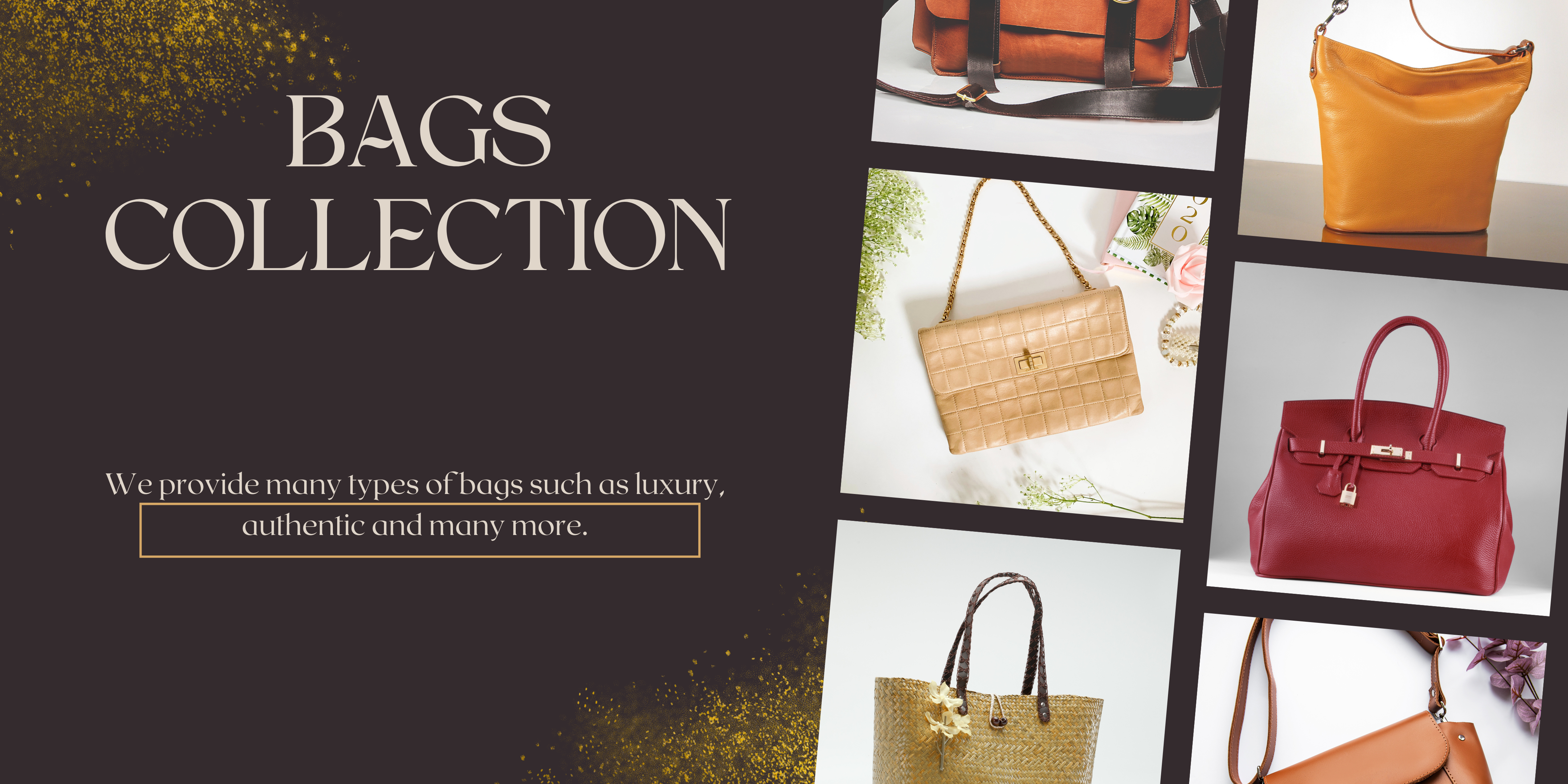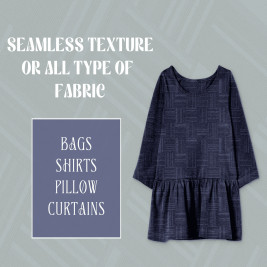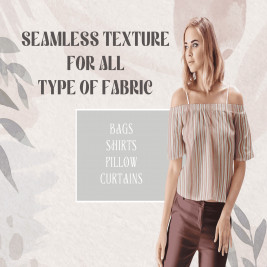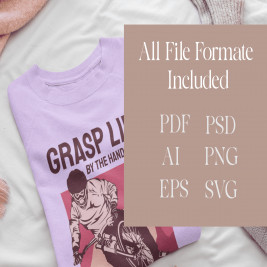.jpg)
Beyond Solid Colors: Exploring the World of Textured Fabric Design
Beyond Solid Colors: Exploring the World of Textured Fabric Design
When it comes to fabric design, solid colors are just the tip of the iceberg. Textured fabrics offer a whole new dimension to your creations, adding depth, interest, and a tactile quality that can't be matched by flat, one-dimensional fabrics. Whether you're designing fashion, home décor, or crafting projects, textured fabrics can transform your designs from ordinary to extraordinary. In this post, we'll dive into the fascinating world of textured fabric design, exploring different types of textures and the techniques used to create them.

Types of Textures
Textured fabrics are characterized by their uneven surfaces, which can include raised areas, depressions, or a combination of both. Here are some common types of textured fabrics that you might encounter:
-
Ribbed: Ribbed fabrics feature ridges or ribs that run parallel to each other, creating a striped effect. These fabrics can be produced through weaving or knitting, and are often used in garments like sweaters and tops.
-
Corduroy: Corduroy is known for its distinct raised ridges, or "cords," that run perpendicular to the fabric's selvedge. This texture is created through a weaving technique or the use of a pile fabric method, making it a popular choice for pants, jackets, and upholstery.
-
Velvet: Velvet fabrics are luxurious and soft, with a dense pile that creates a plush surface. Velvet can be produced through weaving, knitting, or tufting, and is commonly used for clothing, drapery, and upholstery.
-
Boucle: Boucle fabrics have a looped or curled texture, giving them a rough, uneven surface. This texture is achieved through weaving or knitting, and is often used in outerwear, upholstery, and accessories.
-
Chiffon: Chiffon is a lightweight, sheer fabric that has a delicate, floaty texture. It is typically created through weaving or knitting and is a popular choice for evening wear, blouses, and scarves.
Techniques for Creating Textures
Creating textured fabrics involves a variety of techniques, each offering unique results. Here are some of the most common methods used to add texture to fabrics:
-
Embroidery: Embroidery involves using a needle and thread to stitch designs onto fabric. By varying the stitches, designers can create a wide range of textures and patterns, adding both visual and tactile interest to the fabric.
-
Applique: Applique is the process of layering fabric pieces onto a base fabric to create a design. The use of different fabrics in the applique can add various textures to the overall design, making it more dynamic and visually appealing.
-
Printing: Printing techniques such as screen printing and block printing can be used to create textured effects on fabric. While printing is typically associated with flat designs, certain methods can add raised or indented textures to the fabric's surface.
-
Weaving: Weaving is a fundamental technique in fabric production, where threads are interlaced to form the fabric. Different weaving patterns, such as twill or herringbone, can create textures that range from subtle to highly pronounced.
-
Knitting: Knitting involves interlocking loops of yarn to create fabric. By varying the stitches and using different types of yarn, designers can produce fabrics with diverse textures, from smooth and sleek to chunky and tactile.
Combining Textures
One of the most exciting aspects of working with textured fabrics is the ability to combine them in a single design. For instance, pairing a rich velvet with an embroidered applique can create a striking contrast, while blending ribbed and boucle fabrics can add depth and complexity to a garment or décor piece.
Experimenting with different textures allows you to push the boundaries of fabric design, resulting in creations that are not only visually appealing but also engaging to the touch. So, the next time you find yourself choosing fabrics, don't limit yourself to solid colors—dive into the rich world of textured fabric design and discover the endless possibilities it offers.




.jpg)













